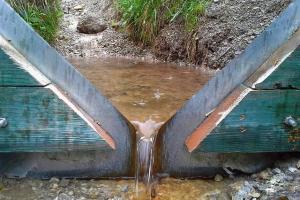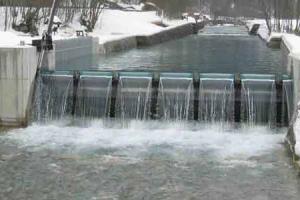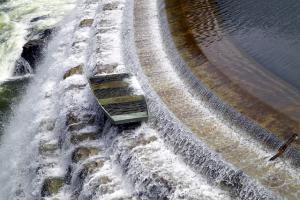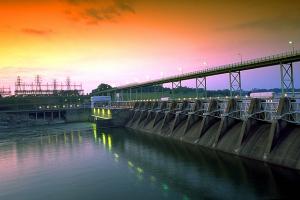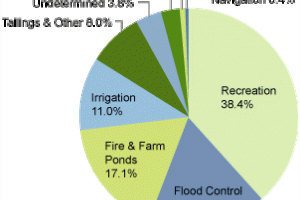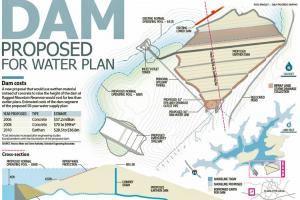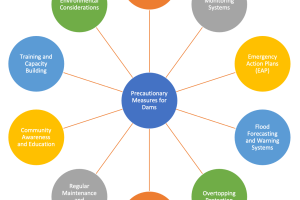Design of Coffer Dams
Design Steps of a Coffer Dam
Designing a cofferdam involves several steps to ensure its stability, functionality, and safety during construction activities. Here is a general overview of the design process for a cofferdam:
1. Site Investigation and Assessment:
Conduct a thorough site investigation to gather information about the project site, including soil conditions, water levels, hydrological data, and potential environmental impacts. Assess the feasibility of constructing a cofferdam at the chosen location.
2. Determine Design Criteria:
Establish design criteria based on the project requirements, including water depths, flow rates, and anticipated loads on the cofferdam. Consider factors such as wave action, currents, wind, ice, and soil characteristics. Determine the permissible settlement and deformation limits for the cofferdam.
3. Select Type and Shape:
Choose an appropriate type and shape of cofferdam based on site-specific conditions, project requirements, and available resources. Common types include cellular cofferdams, sheet pile cofferdams, rockfill cofferdams, or a combination of different systems. Consider the construction methods, expected water levels, and duration of the project.
4. Stability Analysis:
Perform stability analyses to ensure the cofferdam can withstand the anticipated loads and forces. Analyze the stability against sliding, overturning, and bearing capacity of the foundation. Consider the effects of water pressure, wave action, soil properties, and any surcharge loads.
5. Structural Design:
Design the structural components of the cofferdam, such as sheet piles, bracing systems, anchors, and sealing elements. Determine the required strength, stiffness, and corrosion protection measures. Consider the effects of water pressure, soil pressures, and external forces acting on the cofferdam.
6. Seepage Control:
Develop a seepage control plan to minimize the flow of water into the cofferdam and maintain the desired working conditions. This may involve the use of cut-off walls, grouting, geotextiles, or other waterproofing measures to prevent excessive seepage and instability.
7. Construction Methodology:
Develop a detailed construction methodology and sequence, including the installation and removal of the cofferdam. Consider the construction equipment, access requirements, and safety measures. Ensure that the design and construction sequence minimize potential risks and impacts on the environment.
8. Environmental Considerations:
Assess and mitigate potential environmental impacts of the cofferdam construction, such as water quality, sedimentation, and habitat disruption. Incorporate measures to protect aquatic life and minimize erosion and sedimentation.
9. Monitoring and Maintenance:
Plan for monitoring the performance of the cofferdam during construction and operation. Establish protocols for regular inspections, maintenance, and necessary repairs. Monitor water levels, seepage, settlement, and deformation to ensure the stability and safety of the cofferdam throughout its lifespan.
Throughout the design process, it is essential to adhere to applicable regulations, codes, and industry best practices. Engage experienced professionals, such as geotechnical engineers, structural engineers, and environmental specialists, to ensure a robust and well-designed cofferdam that meets the project requirements.



